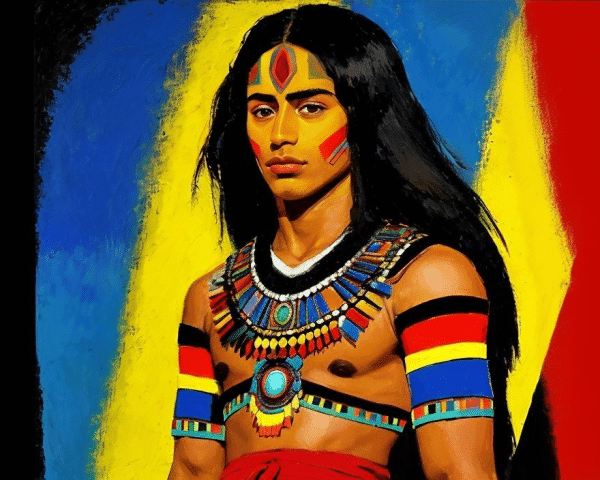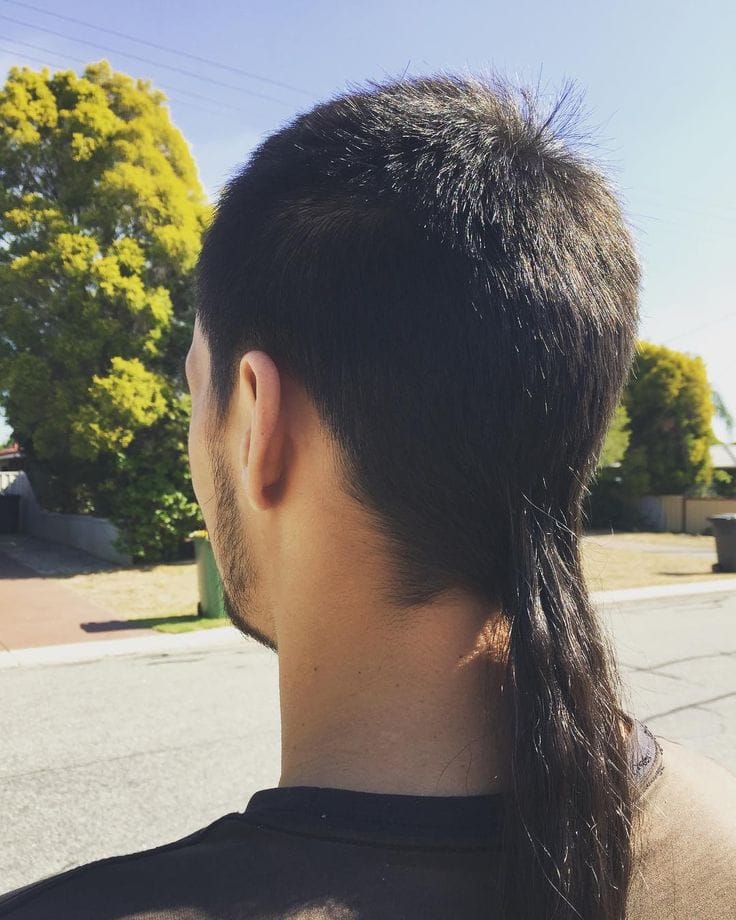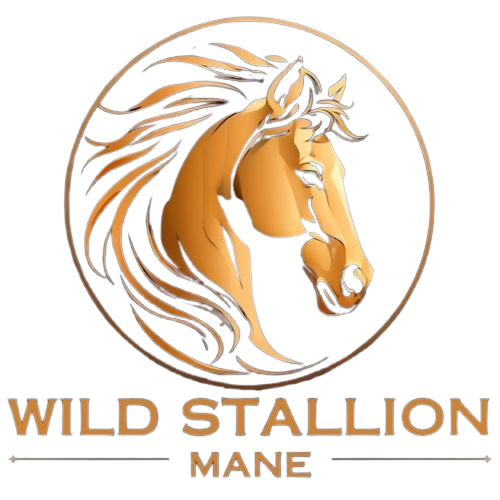Blog
The Untold Story of Hair in Mexican Culture: 5 Powerful Truths
Hair isn’t just hair – it’s identity, power, and tradition. And in Mexican culture, it carries deep meaning, from ancient indigenous roots to modern expressions of pride and resistance. But how did hair become such a powerful symbol? What does it represent for warriors, luchadores, and even spiritual beliefs? Today, we’re uncovering the hidden legacy of hair in Mexican culture – and how its influence still thrives today.
Table of Contents
Ancient Roots: Hair as Status and Spirituality Hair in Mexican Culture as Status & Spirituality
Picture this: you’re an Aztec warrior, ready for battle. You’re rocking long, flowing locks because you believe that’s where your strength comes from. Back then, your hairstyle was like a status symbol, a spiritual tool, and even a sign of how much of a boss you were.
Priests and shamans had specific haircuts to show their roles. Some shaved their heads smooth while others had fancy styles. Even everyday people used hairstyles to show their marital status and occupation.
For Aztec women, wearing two side braids tied with black or colored ribbons was typical. This headdress represented indigenous identity, feminine beauty, and marital status. In the Mazatec communities, braids expressed love and personal status:

The Mayans also believed hair had a divine connection to the gods. Imagine the pressure of a bad hair day when your ‘do is spiritually significant!
Picture this: you’re an Aztec warrior, ready for battle. You’re rocking long, flowing locks because you believe that’s where your strength comes from. Back then, your hairstyle was like a status symbol, a spiritual tool, and even a sign of how much of a boss you were.

Want to explore how warriors around the world used hair to show strength, identity, and power? Read our post on the significance of hair in ancient warrior cultures.
Modern Times: Reclaiming Hair in Mexican Culture
Even now, many people of Mexican descent feel pressure to conform to Western beauty standards. But more and more are reclaiming their natural hair, saying “This is who I am, and I’m proud!”
Indigenous communities still pass down ancestral hair traditions. It’s like a secret code of cultural identity. And modern celebrities and influencers are jumping on the natural hair bandwagon too.
There’s a whole movement of people ditching damaging chemicals and embracing traditional natural remedies, like:
- Rosemary to improve scalp circulation
- Aloe vera to hydrate dry locks
- Nopal cactus packed with nutrients for scalp health
Social media has sparked a virtual “hair-volution” where everyone’s invited to celebrate their cultural roots (pun intended)!
Luchadores and Hair in Mexican Culture as Performance Art
No discussion of Mexican hair is complete without mentioning luchadores, the masked wrestling superheroes. For generations, they’ve rocked long, slicked-back hair as part of their larger-than-life personas.
A luchador’s hair helps establish their character, whether hero or villain. They use it to visually enhance moves in the ring, whipping it around for dramatic effect. Some even cover their faces with their hair while secretly communicating with opponents!
Long hair is deeply ingrained in lucha libre tradition. In high-stakes “luchas de apuestas” matches, luchadores literally bet their hair. It’s all part of the theatrical style that makes lucha libre so iconic.
The Rat Tail: A Unique Trend in Hair in Mexican Culture
Ah, the rat tail – that skinny braid hanging down the neck. Popular in Mexican-American and Chicano communities in the ’80s and ’90s, it was more than a trend. The rat tail represented individuality, rebellion, and cultural pride.

Some believe it has even deeper roots in ancient Indigenous warrior hairstyles, where a single braid honored ancestors. Imagine carrying centuries of heritage in one little lock of hair!
Test Your Knowledge of Mexican Hair Culture!
What did braids signify for Mazatec women in Mexico?
Hair as Living Legacy
From fierce Aztec warriors to bold revolutionaries to modern trailblazers, hair has always been a powerful symbol in Mexican culture. More than a fashion statement, it’s a link to identity, ancestry, and cultural pride.
So whether you’re rocking braids, a rat tail, or a natural ‘do, wear it with pride. Because your hair isn’t just part of you – it’s part of something bigger. A living, breathing legacy that connects you to the unbreakable spirit of your heritage.
Your hair tells a story. What will yours say?
🎥 Watch the Video:
Want to see how these traditions have shaped modern hair care?


